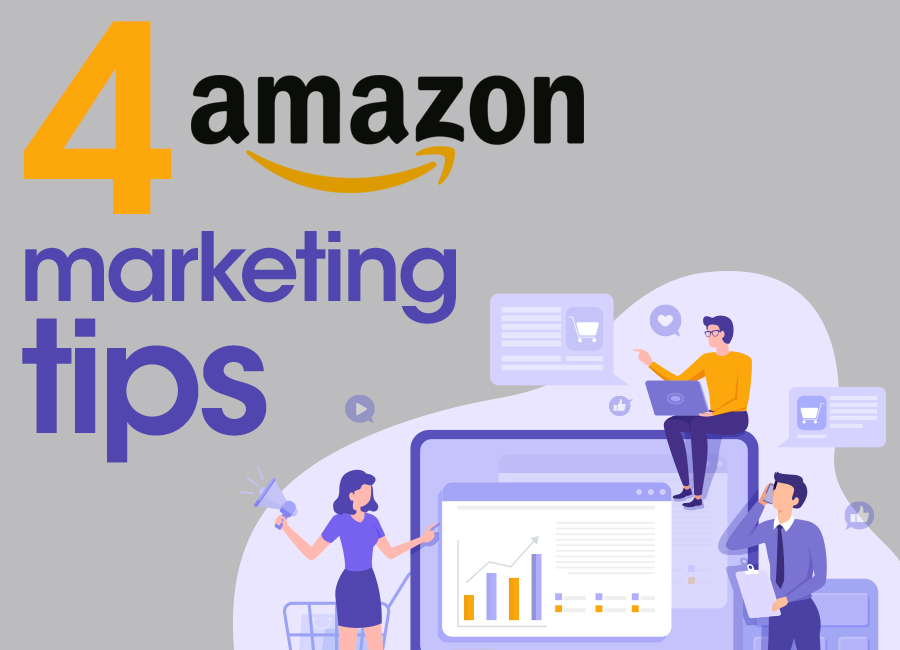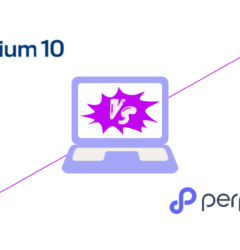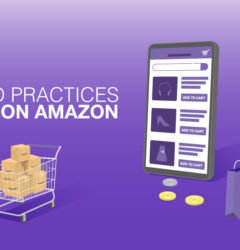At the beginning of the year, together with the start of the pandemic, there were still some eCommerce sellers who were just starting to realize the importance of Amazon advertising or Amazon PPC. There are some pretty good reasons why selling and marketing your product on Amazon can do wonders. One of these is to reah your brand goals.
Sellers don’t have to create a brand site to sell products–the customers are already on Amazon. You just need to find a way to get them to your product page.
Whether it is keyword research, shipping, or creating brand trust, Amazon will help you sell your product. Actually, Amazon advertising is easier than Google Ads, and the competition is less stiff. There are fewer Amazon sellers than brands advertising on Google.
To tackle the power of Amazon PPC, you first should know these five tips. Amazon advertising has a lot of parts to it, but I’m going to focus on the very basics of Amazon advertising to get you off on the right foot to start your PPC journey. If you wish to read further, check out this huge post on Amazon PPC.
1. Succeed Starts at the Product Page
Amazon advertising certainly helps to boost sales, brand trust, and visibility, but the first step you should take is to optimize your product page.
Two keys to creating trust between you and your customer are to provide plenty of images and give detailed information about your product. By giving accurate descriptions of your products, a customer is less likely to give you a bad review for being misleading.
Also, set a competitive price point and create a well-thought-out product name that differentiates you from your competitors and motivates customers to click on your product. You should also add bulleted descriptions since Amazon likes those. Once you generate a good product detail page, you’re ready to start marketing your product.
2. Propose a Target ACoS
As an advertiser, Advertising Cost Over Sales (ACoS) is what should drive you. While not a complete indicator of ad campaign success, it gives a good idea of how much you’re spending on ads vs. how many sales you’re getting. ACoS is the percentage of ad spend over your sales. Each campaign in Amazon’s Seller Central has an ACoS, and it’s important to set a target ACoS to decide your spending.
3. Understand How Amazon Ranks Ads
If you’re already an online marketer coming over from Google Ads, you know there are two types of factors that contribute to Amazon ad ranking. Like Google Ads, it’s all about Quality Score.
Here’s a quick infographic to get you up to speed on Amazon ad ranking:
The Amazon Ad Rank formula consists of:
Cost-Per-Click (CPC) Bid x Ad Grade = Ad Rank Metrics that determine ad rank are broken down into two categories:
- Performance Metrics
- CTR Conversion Rate
- Overall Sales
- Relevance Metrics
- Product Title Description
- Search Terms
- Seller Name
4. Understand Organic vs Paid Traffic
Organic and paid traffic are similar but different entities on Amazon. The use of one of the two depens on your brand goals Ad ranking does apply to organic product ranking as well. Paid and organic work together to rank as they are both factors that drive traffic to your product, CTR, conversion rate, and sales. It’s a great question to ask yourself how much money should I put towards ads and how much effort should I put towards organic?
The answer is complicated and is based on your brand goals, but the best thing to do is to prioritize without abandoning the other. This means that if you try to rank higher organically and don’t put money towards paid traffic, then that will just make optimizing for Amazon ads easier when you decide to get started paid traffic. Prioritizing paid traffic will help your organic ranking by boosting sales, CTR, and conversion rates.
This is it for today’s post! If you liked it, please make sure you stay tune for more content like this and don’t forget to leave a comment down below in case you have any question!






